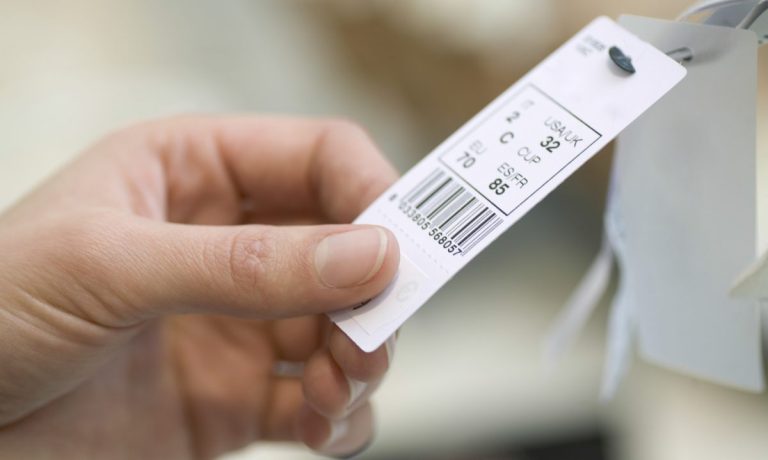Retail’s Biggest Names Battle Against Consumer Inflation ‘Sticker Shock’

To keep consumers buying, tamp down the sticker shock.
You no doubt know that inflation and supply chain disruptions are, in tandem, underpinning price surges across all manner of items. The question is where the tipping point lies — where inflation simply is overwhelming and stops a consumer in his or her tracks.
Some of the marquee names in commerce — Walmart and Target among them — seem determined not to find out.
In business, scale matters, of course, and so does a committed customer base. These huge players we just mentioned have the ability to absorb increases in the cost of doing business — as logistics costs and costs of goods sold increase. In some cases, management has vowed to keep prices at least steady, to help weather (at least somewhat short-term) inflation.
Walmart’s earnings report earlier this week shows the strategy at work. During the conference call with analysts, management pointed to the fact that there are a number of levers that are pullable, and being pulled, in order to ensure that higher input costs (for Walmart) do not wind up hitting the consumer.
Read also: Walmart Adds Workers, Touts In-Stock Affordable Items for Holiday Shopping
The latest readings for inflation hit more than 6%, the highest levels seen in three decades. The overall strategy, according to Walmart management, is to keep prices low, with a cue taken from strategies that have worked in the past.
CEO Doug McMillion said on the call that “we haven’t seen this kind of inflation in the U.S. for quite some time. But we have operated in markets where we’ve seen this basically forever and even more extreme. So that experience is helpful.” He noted that the company’s “cost inflation is higher than our retail inflation and that’s what we would want … We would care a little less about how the gross margin and SG&A balance out” which implies that the company is willing to give up a bit on the operating line in order to keep the prices of the goods on shelves stable (and low).
Inventory a Key Strategic Advantage
Management also noted on the call that, in the hyper-competitive grocery segment, unit growth in that segment is “growing faster than dollars,” said McMillion, “and that’s a position we’d like to stay in as long as we possibly can.” Walmart’s price positioning is helped a bit by having inventory on the (virtual and brick-and-mortar) shelves already, which keeps the firm at least somewhat insulated from further supply chain shocks. As has been reported, Walmart’s inventory is up by 11.5%, in anticipation of robust holiday spending.
That inventory strategy is also apparent in Target’s earnings release Wednesday (Nov. 17). Target’s own inventory was up 20% year over year, or by about $2 billion. CNBC reported that in a call with reporters on Wednesday morning, CEO Brian Cornell said the company is absorbing costs in an effort to protect prices, and the company has said that its own margins would see a bit of pressure in the current environment.
Amazon raised its minimum wage in a series of hikes that pre-dated the pandemic, and now is grappling with the lingering impact of inflation (and labor costs, the company said in the most recent results, added $2 billion in operating costs in the quarter, as wages are now $18 an hour, plus bonuses and other incentives).
Amazon CFO Brian Olsavsky said on the company’s most recent earnings call that “the cost of fulfillment in the last few months and what we forecast into the next quarter are not what we’re happy about,” Olsavsky said. “But we see ourselves as the shock absorber, absorbing a lot of the costs so that the customer is not impacted and sellers are not impacted.” He noted that “most companies would delay shipment or add fees … We don’t think that is customer-centric nor productive, and we will get through this period and then we are committed to getting our cost structure down.”
The hits these firms take to their margins may be temporary (though it’s impossible to say how long), which may sour Wall Street a bit, but may keep consumers confident enough to keep buying.